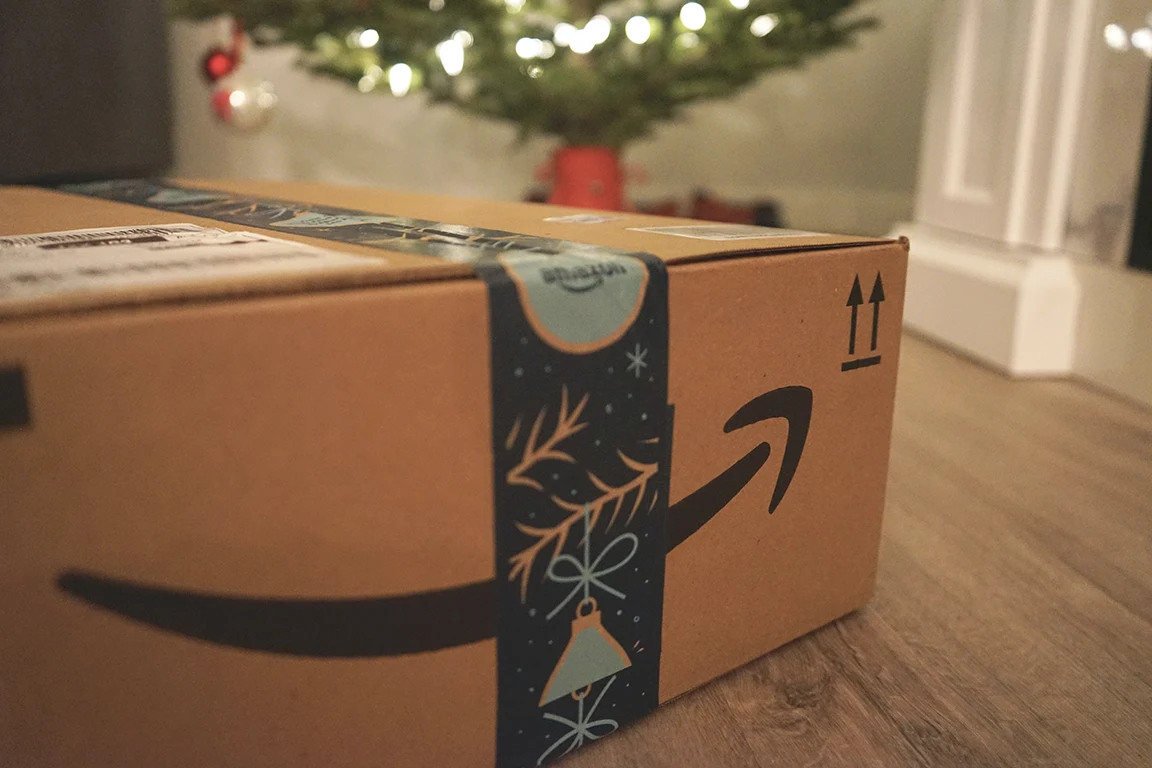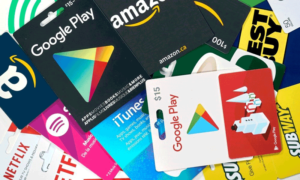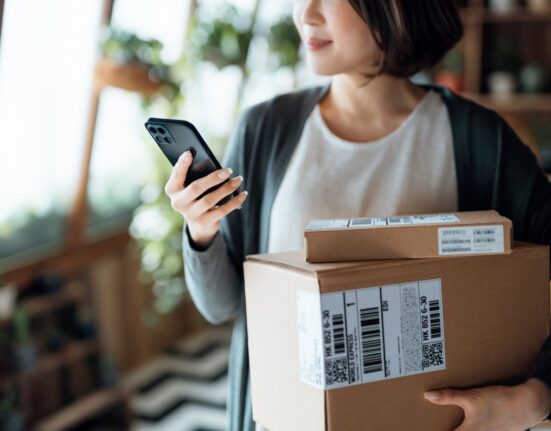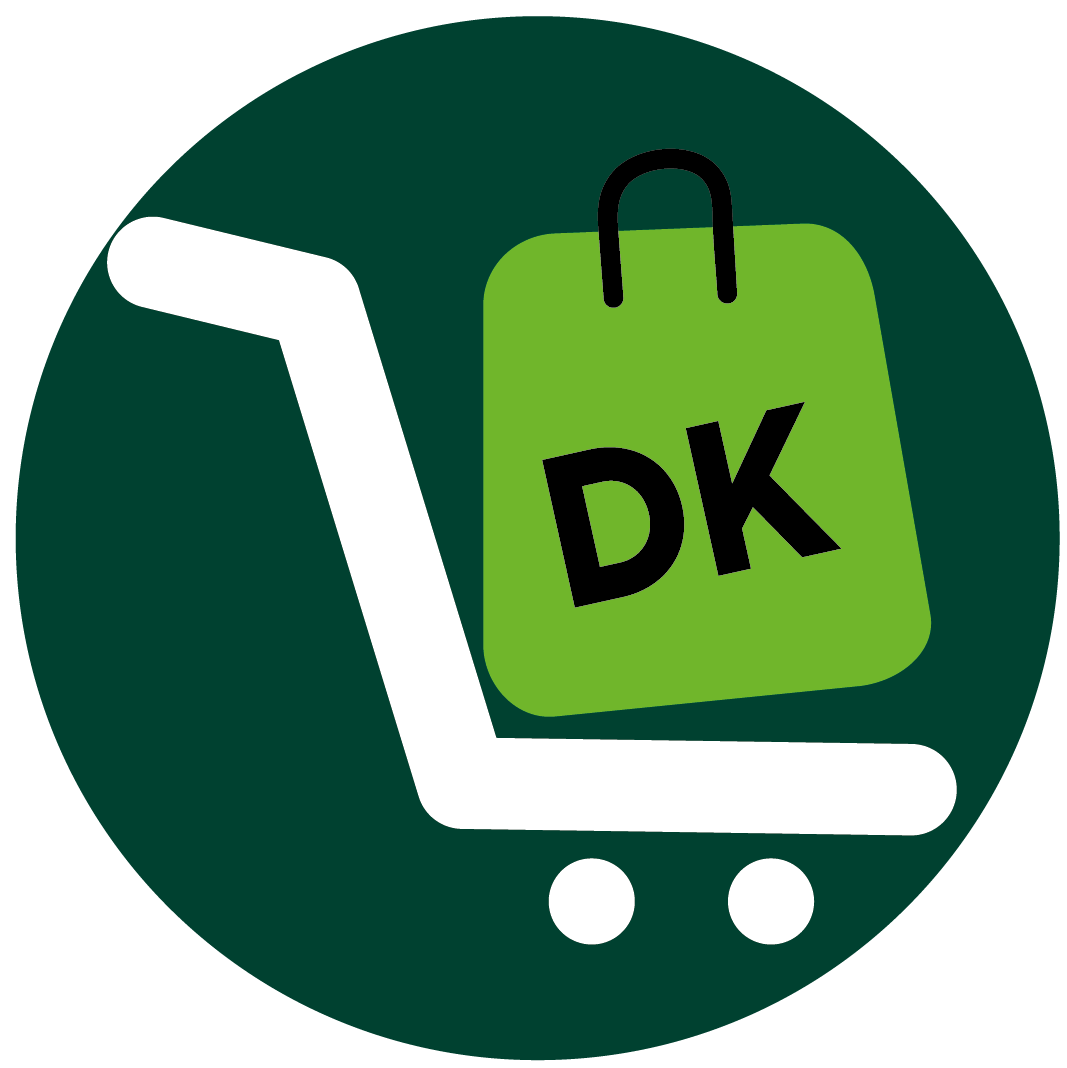Starting an Amazon FBA online store is a potentially profitable venture, given Amazon’s dominance in global ecommerce nowadays.
But before you can make millions of dollars selling diverse items on Amazon, you must understand a few things: What’s an Amazon FBA online store, anyway? How do people make money? How does the whole thing work? What are the most lucrative products to sell?
The cool thing is, this article provides clear answers to these questions—and many more—giving you the step-by-step needed to earn it big time on Amazon.
To start an Amazon FBA store:
- Learn What Amazon FBA Is About
- Create an Amazon Seller Account
- Comply With Amazon FBA’s Requirements
- Understand Amazon’s “Gated Products” Policies
- List Your Products on Amazon
- Examine the Benefits of Selling on Amazon
- Weigh the Pros and Cons of Using Amazon FBA
- Use Social Media to Promote Your Product Amazon Listings
Ready? Let’s dive in!
1. Learn What Amazon FBA Is About
To begin an Amazon FBA store, find out what Amazon FBA is about so you know if this business model is the best for your e-commerce ventures. Amazon FBA—a.k.a. Fulfillment by Amazon—enables you to sell items from your own inventory, that is, products you send to a specific Amazon warehouse and that Amazon personnel store on your behalf. (Amazon charges you for the service, though.) When customers place orders, Amazon FBA picks, packs and ships your products to patrons, handling everything from delivery planning to customer service.
That’s awesome, right?
Come to think of it, this arrangement is pretty good because now you have all the time in the world to focus on product sourcing as well as marketing, sales management and online advertising.
Before you begin, make sure your products are not on Amazon’s prohibited list, and that you have the time and resources to run an Amazon FBA business.
Using an Amazon FBA business model may appear like a lot of work. But it doesn’t have to be that way if you buy high-quality items at a low cost.
To discourage customers from returning goods, choose well-known brands that people prefer because they have faith in them.
2. Create an Amazon Seller Account
To kick off an Amazon FBA store, understand the different seller accounts so you can figure out the most suitable account for your e-commerce business. Decide how you want to run your business before creating an account.
Do you want to sell products at wholesale or retail prices?
Create an Amazon seller account by clicking the Sign up button on the home page.
Fill in the relevant information, including your full name, business location, phone number, email address and bank account details. Enter your tax information and upload your government-issued ID to validate your identity. Verify your account using the link in the Amazon email you received.
3. Comply With Amazon FBA’s Requirements
To begin a successful Amazon FBA store, comply with Amazon FBA’s requirements—but first create your Amazon seller account to become eligible for the FBA program.
Label your products either with a manufacturer’s or an Amazon’s barcode. Place the barcode properly on the package, or else FBA won’t ship it. Titles must not exceed 200 characters—and not include promotional phrases (“free shipping,” for example) and decorative symbols, such as ~,! *, /, ? and so on.
Fulfillment by Amazon requires barcodes for inventory identification and tracking. Use a barcode when sending any item to an Amazon fulfillment center. To use Amazon FBA, package your products properly. If your listings don’t comply with FBA requirements, Amazon can suppress the products from search results.
4. Understand Amazon’s “Gated Products” Policies
To successfully list on Amazon FBA business, understand what Amazon gated products are so you categorize the items that require prior approval before listing them on your Amazon Seller Central.
Amazon needs to approve certain brands and categories before you can list them.
To list categories like household products, fine art, jewelry, automotive & Powersports—and brands such as Apple, Nike and Keurig—fill out an application and provide valid supplier invoices for the items. Be ready to show proof of participation at trade shows and fairs.
Put in the effort and get approval before listing gated products on your seller account.
5. List Your Products on Amazon
To launch a successful Amazon FBA store, list your products in their respective catalogs. Product listing on Amazon is straightforward. Make a listing for every product with pictures, a title, a description, a price range and delivery information. Make sure your products are always in stock and design a shipment timetable.
To attract customers, create an enticing title, write a thorough product description, include a plausible shipping schedule, and appropriately list the items on your Amazon product page.
To help your business succeed and obtain a decent return on investment, organize your inventory well. Have enough stock to fulfill customers’ orders.
6. Weigh the Pros and Cons of Using Amazon FBA
To kickstart a profitable Amazon FBA store, investigate and weigh the advantages and disadvantages of adopting this business model so you can make a well-informed decision.
- Pros of FBA
- Enjoy Effortless Shipping and Logistics: Amazon takes care of everything. Use the time to concentrate on other aspects of your business for little cost. Keep track of your listings, confirm that you have enough products on hand, and let Amazon handle the entire fulfillment process.
- Enjoy Fast Growth: The FBA service can help you grow your business quickly. You can sell larger quantities of items and potentially get customers every month.
- Scale Your Business: Amazon FBA offers free shipping to customers in many countries. So, if you are selling products from China or Japan and don’t want to ship orders from there yourself, this is a huge benefit for you!
- Minimize Upfront Investment: The investment in a delivery center is minimal because it comes with free storage space!
- Get Discounted Shipping Rates: Save money on shipping by using the FBA platform. Even if you pay fees, doing so is less expensive and less time-consuming than handling shipping and fulfillment yourself.
- Offer Return Management: FBA handles returns and refunds because they are part of the fulfillment process.
- Access Customer Service Management: Amazon offers customer service for FBA sellers. Using the Amazon FBA platform, you can also handle your customer support needs, channeling all of your services through one system for simple management.
- Leverage Quick and Free Delivery: Products in FBA automatically get the Prime badge and are eligible for Prime free shipping (to the customer) and fast shipping times from Amazon.
- Enjoy Boundless Storage Space: You have access to unlimited storage space—for a fee— because Amazon has warehouses all over the country that store a lot of goods.
- Cons of FBA
- Experience High Cost: FBA is indeed a handy service, but it requires money for operating. Therefore, the FBA service isn’t suitable for low-cost items, so you have to be picky with your listings. As a seller, you can determine whether Amazon FBA is a profitable move for your business with the Amazon FBA calculator.
- Get More Returns: Due to Amazon’s open return policy, the number of returns or their return frequency can go up. When customers keep returning products, there goes your profit.
- Incur Long-Term Storage Fees: Goods that remain in Amazon’s store for a longer time cost an extra fee. The longer your products stay in the store, the more money you have to pay. It does not make sense to keep paying fees, as it can affect your profit margin.
7. Use Social Media to Promote Your Product Amazon Listings
To begin a successful Amazon FBA store, use your social channels like Facebook, Twitter, Pinterest and Instagram to promote your Amazon listings.
Take advantage of social media platforms and online marketing tools. For online marketing tools, create posts that emphasize your products’ benefits and use relevant hashtags. Write social media posts that highlight the features of your items and include pertinent hashtags. Create promotional content for your items, such as videos or photographs, and share them on social media.
Create web advertisements for potential buyers who are considering your products. To ensure that your products appear higher in search results, create a landing page for your product listings using SEO techniques.
You can reach a large audience and improve your chances of closing deals when you use these promotional techniques
Conclusion
To launch a lucrative Amazon FBA, find out all you need to know about the service. Create an Amazon seller account so you can list the products you want to sell on the platform.
Comply with Amazon FBA’s requirements with listing and understand Amazon’s “gated products” policies.
Consider the benefits of using Amazon FBA for your business, and compare the pros and cons of using the service to determine whether it is the best fit for you.
Promote your product Amazon listings so you can reach new and larger audiences.














